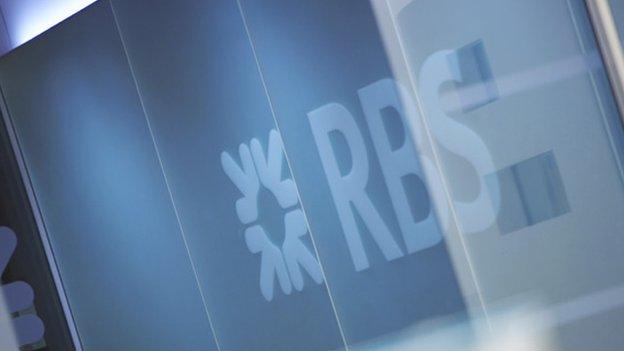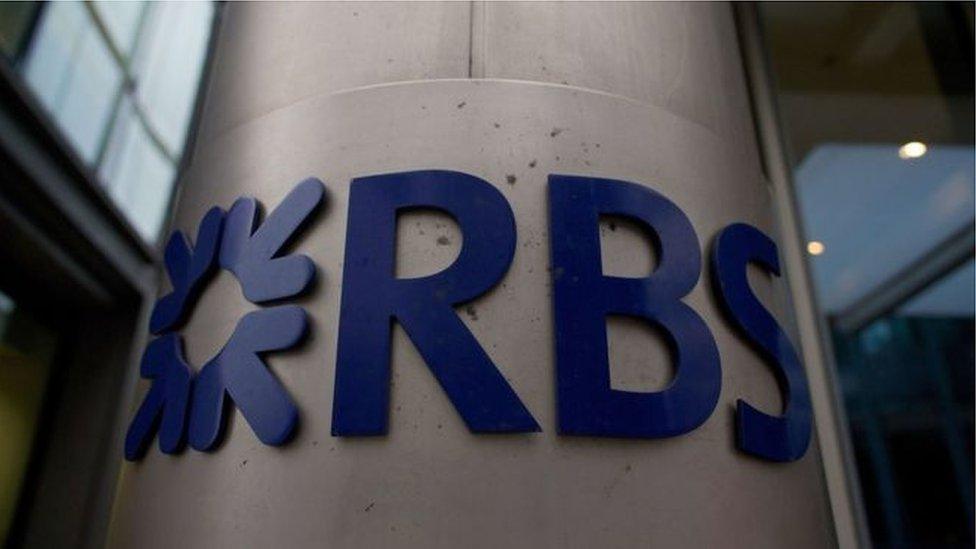RBS: the long unwinding legacy
- Published

It's another of those numbers so big that it lacks much meaning. But £3.1bn being put aside by Royal Bank of Scotland is real money.
So is the £6.7bn total that is now set aside to pay the costs resulting from litigation and investigations into "residential mortgage-backed securities". And there's still a chance of much more required.
It's money that's coming out of the British public's investment in RBS. Or at least, it's money being removed from what would normally be profit and dividend from the bank.
So for a ninth year, we'll hear on 24 February, with its full 2016 results, just how much more red ink there is, as RBS continues to work through its "legacy issues".
For a reminder, the problem being addressed with this latest announcement was one of the key factors leading to the financial crash in 2008.
Risk and contagion
RBS wasn't the only bank doing this. It took thousands of individual mortgages, each one of which should have had an income stream as it was paid off.
These were bundled up with similar packages of residential mortgages. They were sliced and diced, and should therefore have delivered a tiny portion of the flow of income from each mortgaged homeowner.
The idea was that they spread risk. But as we found out, they also spread contagion, if - as turned out - the mortgages almost all went to the bad.
They had not been properly rated for the risk that these homes were often "sub-prime" - that is, homes for which the value could readily fall, owned by creditors who could readily default.
That's where the investigation and litigation comes in. The risk ratings on these products were often misleading to investors. So RBS and other banks are being sued and punished.
Heavy price
You'd be forgiven for being confused by the many legacy issues at RBS. This is different from the litigation over the £12bn rights issue in spring of 2008, when then chief executive Sir Fred Goodwin went to shareholders and persuaded them to pour more money into the bank. How much he knew, and how much he hid about the bank's vulnerability, is at issue there.
And then, there are legacy issues that are more recent. RBS has been paying out vast sums for payment protection insurance, as have most British lenders.
And it is paying a heavy price for its traders fixing both the foreign exchange market rates and the rates set daily on how much banks charge to borrow from each other.
All that has delayed the day when RBS makes a profit, and the day when the UK government can sell off its stake - now down from 81% to 72% since it made a trade sale under George Osborne's chancellorship.
We'll find out on February 24 how the core part of the bank is getting on. Quite well, by most recent accounts. But the legacy continues to weigh very heavily.
The share price had the latest set-aside priced in, so it has risen in response to the £3.1bn announcement. But that's to only 237 pence, when the target for British taxpayer breakeven is 500.
- Published26 January 2017
